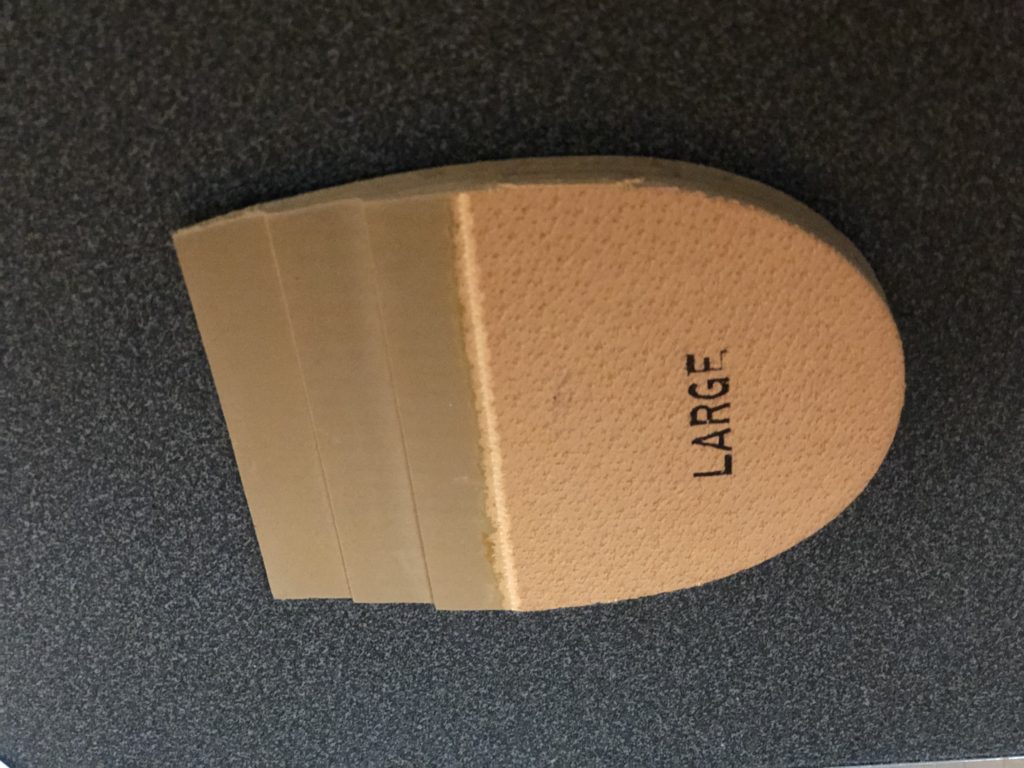People all over the world struggle with back pains, hip pain, knee pain and so on. They go through all lengths to find solutions. Going from one therapist to the next provides some benefits but the symptoms keep coming back. Well sometimes there is a constant irritant that might be the culprit and often times overlooked. It might be right under your feet!
Believe it or not, a lot of times the shoes you wear may be a strong contributing factor to aches and pains that build up during a long duration in your body. Your entire body can be compromised by the type of shoe you wear!
As a matter of fact, your entire posture and breathing capacity can be altered by the shoes you wear. Therefore knowing how to test your shoe so you know what it’s doing to your body becomes an important tool in determining how fast your body will reach optimum levels of health.
Imagine by simply making small adjustments to the inside of your shoe, you would feel a sense of:
- breathing easier and fuller.
- Being more upright
- having a better posture,
- moving easier and swifter
- having more endurance
Is Orthotics The Solution?
Actually not, but why? Orthotics, as far as I have seen, causes the feet to be fixed in a very specific way while walking and prevents the dynamic nature of the foot to move about and use all the muscles and joints to their fullest capability. And if worn for a period longer than the body needs, they can actually be detrimental. That’s because the body is very dynamic and always adapting. It changes, which means the way it holds itself in space changes. And if that change occurs while you are still wearing those fixed orthotic insoles, well that may cause a lot of problems.
Knowing Your Shoe Before Correcting it?
Well, the thing is there are a lot of shoes out there. Every shoe has its own frame and designs. Some shoes have the insoles attached to the frame, some have them separate. Some have a high heel, some have no heel. Some have lots of waves and grooves where the ball of your feet would or toes would rest, some are flat.
So the truth of the matter is, if your shoe has a lot of stuff going on like high arch support, a lot of waves grooved around the ball of the foot or a lot of heel height, those shoes are pretty much fixated and little to no changes can be made to customize them to suite your need.
It’s best to start off with flat shoes so you can make changes that are specific to your body’s needs.
Ready to Test!
Ok, so now that you have a fundamental understanding of what’s needed to customize your shoe to fit your body’s needs, lets get to the actual test!
Stand in front of your shoes (don’t wear them). Take a deep breath and exhale.
Observe the following:
- the Effort it took to take that deep breath
- The Amount of Volume you are able to fill up in your lungs during deep inhalation.
- A sense of where your body is in space … Are the hips forward? Do the shoulders round off? Does your head come forward? Are you tilting forward? Are you tilting backward? etc.
Repeat this until you got a good sense of all your observational points.
Then put on your shoes and repeat the procedure noticing and comparing all observational points.
Repeat this again by taking the shoes off and making comparison notes of what you notice that is better or worse with your shoes on verses shoes off.
Choosing What to Modify Inside of Your Shoe!
You can use heel lifts or heel chips to increase the height of your heel. For strict bio-mechanical reasons, you want the heel chips or heel lifts to be firm. Anything with a gel will provide more cushion but less stability; they will create a lot of variables. Take an extreme example: Standing on the floor requires less stability effort than standing on a soft bed. Your posture standing on the bed will be very different than on the floor. Obviously this is an extreme example, but using gel pads create a lot of altered postures when walking or running. I get that in some cases the benefits of using gel may favor your decision, and you may not notice a difference in the standing position, but it will alter walking and running, especially of long duration. So firm is best.
Modifying the Inside of Your Shoe

Now comes the time to make changes to the inside of your shoe and this i
s the reason why it’s best to have a shoe frame that is flat or neutral. Start with a heel chip, placing it at the heel of the shoe. Do the test mentioned earlier (with shoes off, breath in, breath out, with shoes on breath in, breath out, then with shoes off again breath in, breath out).
Do this test over again adding the heel lift onto the heel chip and noting any changes in the volume and effort to fill up the lungs as well as what your body is doing in space.
Continue adding a heel lift until you feel the heel is too high and you are tipping or leaning forward when you are in a relaxed and comfortable position. That is an indication that the heel is too high. Remove one layer of heel lift and feel how that feels when you do the test and stay relaxed in the standing position. This way you can hone in to see what’s best for your body and get a sense of how you can make shoes work best for you.
